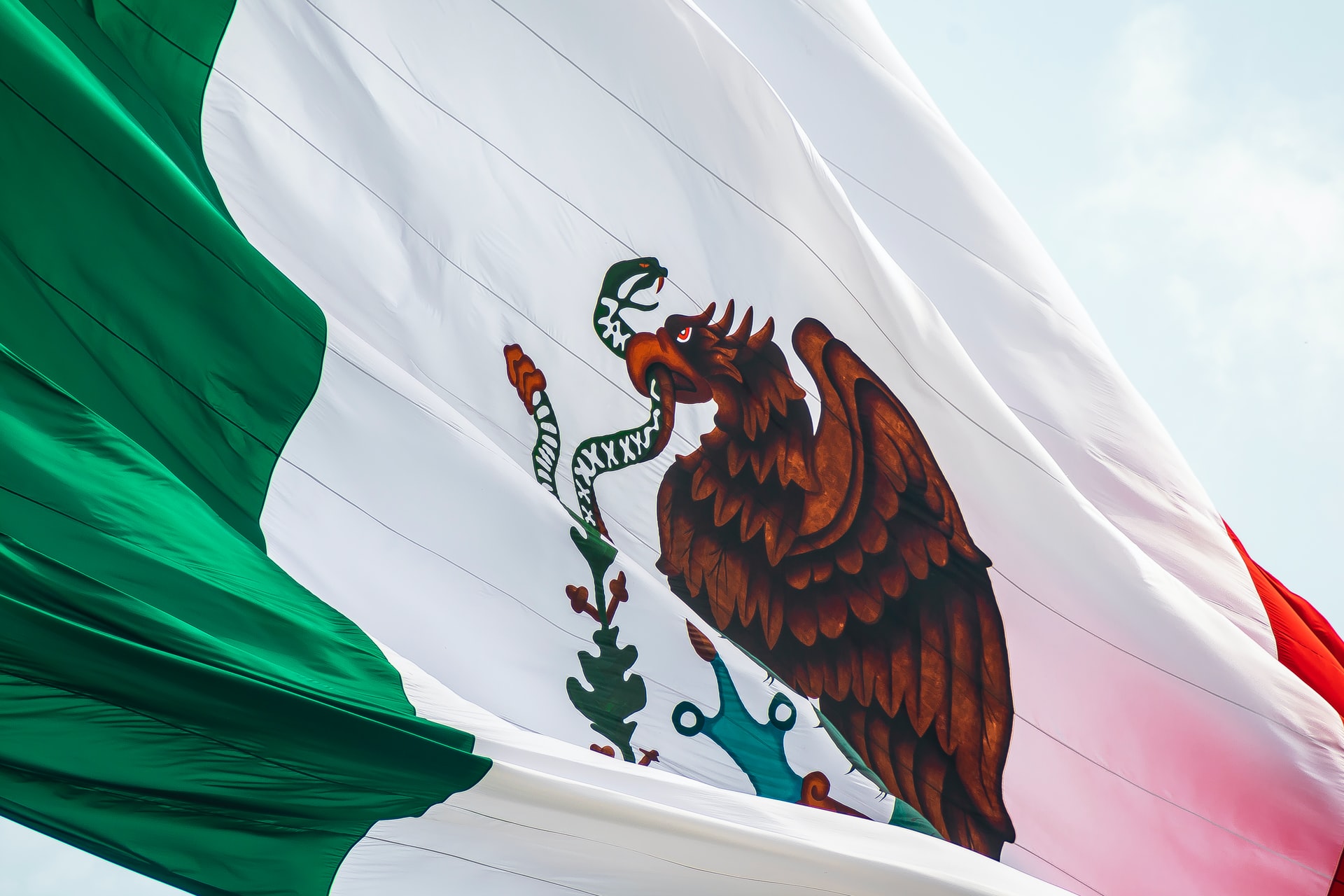Mexico has a rich and deep history that can be traced back thousands of years. The country has tourism hubs in the Caribbean and the Pacific, beautiful colonial towns and extensive pre-Columbian ruins and archeological sites.
Mexico City is the largest city in North America. The country is the second-largest national economy in Latin America after Brazil and the 15th-largest in the world. Mexico offers a variety of investment opportunities. It has deep local stock and debt markets, with an institutional investor base provided by its large pension funds.
Below I describe three different investment instruments that provide financial exposure to the country.
iShares MSCI Mexico ETF (EWW)
This ETF tracks the MSCI Mexico IMI 25/50 Index. The index is capitalization based. Single issuers weighting is capped at 25%. The sum of issuers weighting above 5% is capped at 50%. Options on EWW trade with expirations up to January 2023.
It currently trades at 60% of its highest historical value, which was reached in 2013. The depreciation of the Mexican peso (MXN) during the last decade has contributed to the decrease of the market value of Mexican shares in U.S. dollar terms.
USD-denominated bonds
Mexican sovereign and large corporates issue U.S. dollar-denominated bonds in the international market. The debt instruments are not exchange listed and may require a relatively specialized broker. Interest payments (coupons) are semiannual, and principal is returned in a single payment at maturity.
The sovereign and state-owned Oil company Pemex are active issuers in both the local peso and foreign hard currency markets.
Sovereign debt is currently rated Baa1 by Moody’s and BBB by S&P. The ratings are in negative watch by both agencies.
Pemex debt was downgraded below investment grade earlier this year. According to Reuters “Pemex, which has more than $105 billion in financial debt, became the world’s largest ‘fallen angel,’ the term for a borrower that descends from investment grade to junk.”
USD denominated Pemex bonds are currently rated Ba1 by Moody’s. Ten-year Pemex bonds currently yield 6.5%. The company has a perpetual USD bond outstanding which currently yields 8%.
Local currency and local currency bonds
The Mexican peso trades with little restriction in the international market. The local currency denominated bond market is liquid and transparent. Many U.S. broker-dealers have corresponding relationships with local institutions and can provide custody of locally settled assets to foreign investors.
Locally settled debt is best accessed through a specialized broker familiar with Mexican trading and settlement requirements.
Ten-year Mexican peso bonds currently yield 5.6% in local currency. The Mexican central bank publishes latest auction prices on its site. Bloomberg and other financial sites also publish interest rate and currency market levels.
Disclosure: I hold Pemex perpetual bonds, Mexican peso currency and Mexican peso-denominated bonds.


